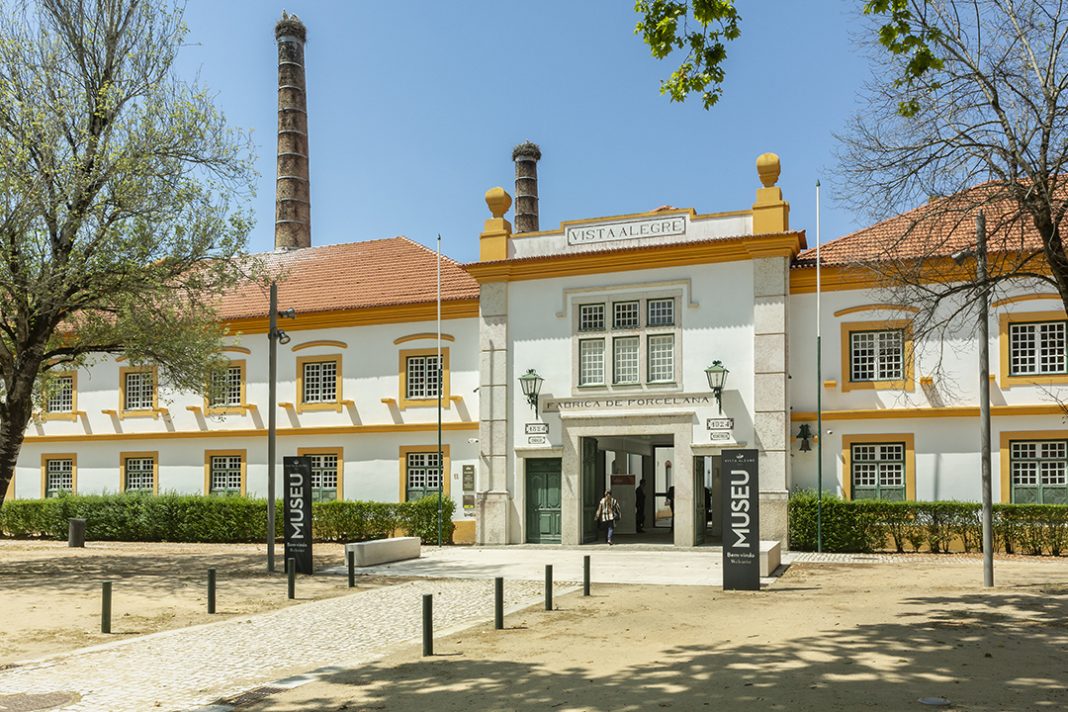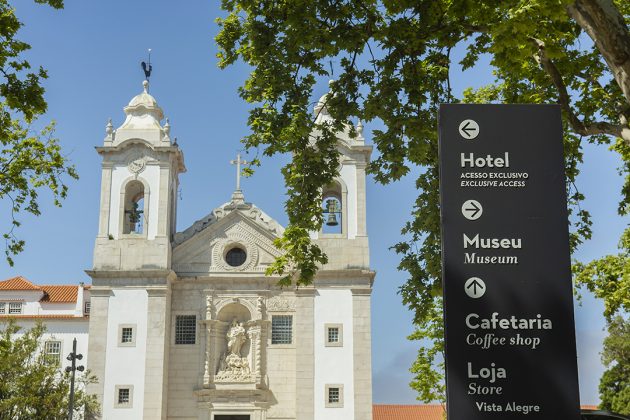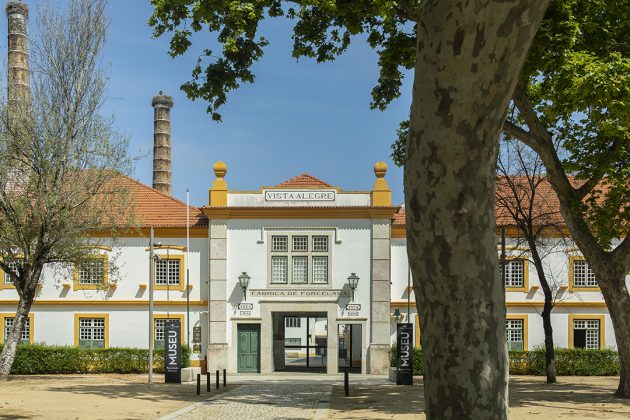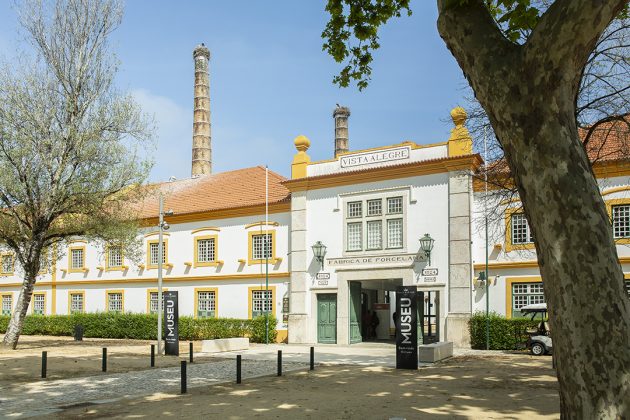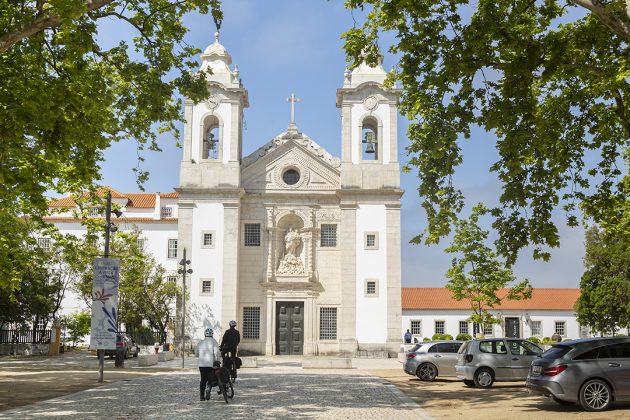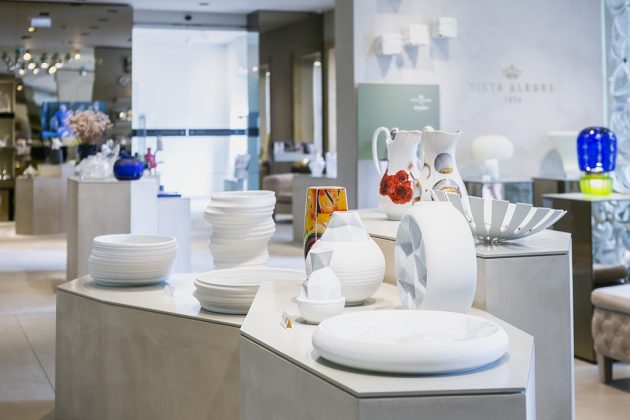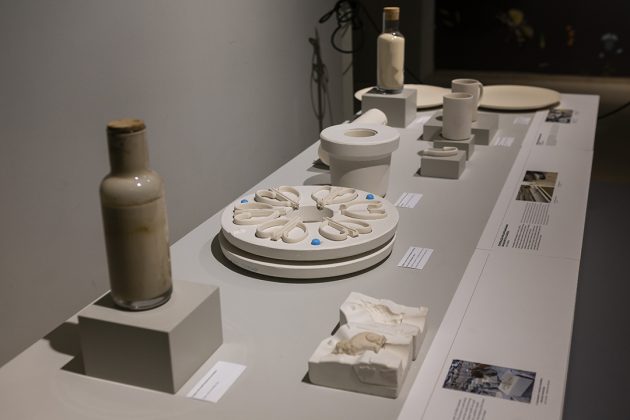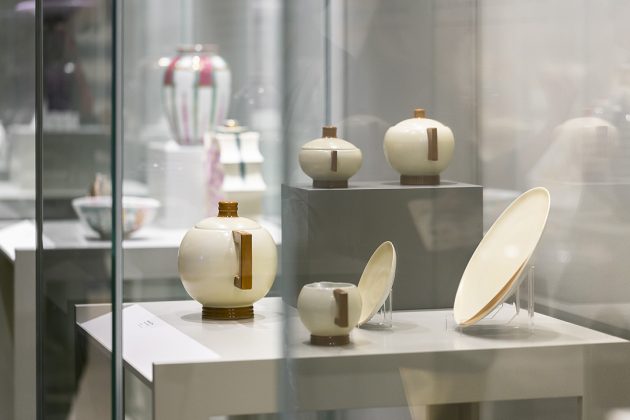The story of Portugal’s finest porcelain is one of relentless focus on skill and imaginative design – along with a workers’ utopia to rival New Lanark.
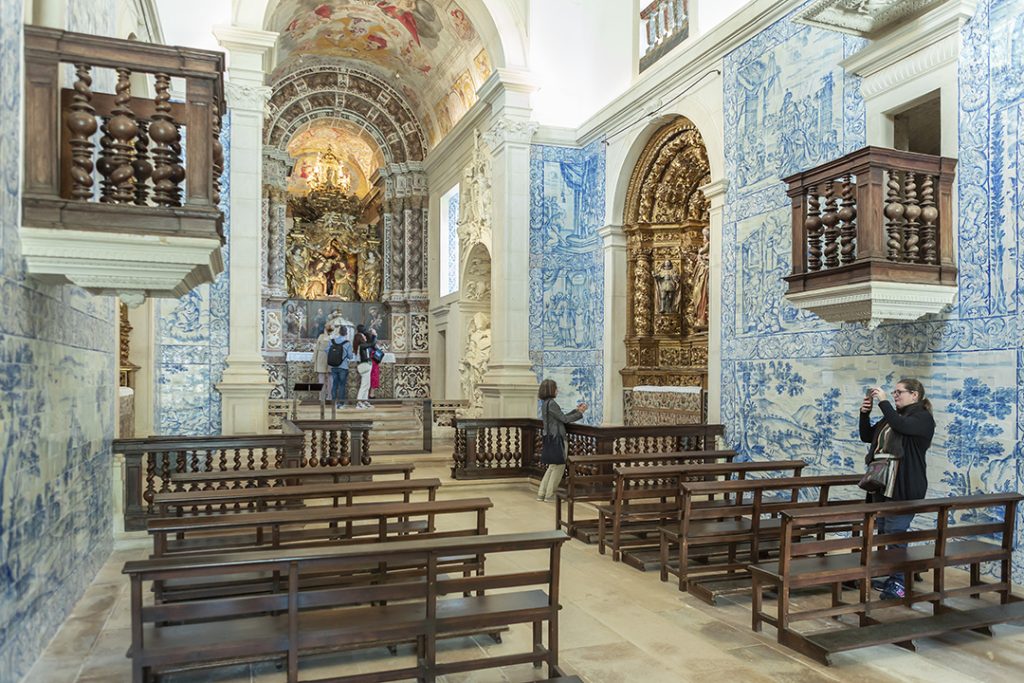
words | Natasha Radmehr
I’ve told everyone I’m jetting off to Portugal to visit the factory of the country’s oldest porcelain brand, Vista Alegre. But when I arrive at the sprawling estate in Ílhavo, I realise I’ve been somewhat underselling it.
Standing in the cobbled plaza in the shadow of a magnificent 17th-century chapel, I can see a museum and, further along, a theatre. A stroll through tree-lined streets takes me past a former nursery and an ivy-clad mansion. There’s a factory, yes, as well as a warren of whitewashed workers’ houses punctuated by mustard-framed doorways and flower boxes spilling over with geraniums. Sixty of the factory’s former and current employees still live in the neighbourhood; some of the homes will, in time, become additional accommodation for the on-site hotel, overlooking the River Boco. All of it is part of Vista Alegre.
LIFE WORK BALANCE
I wouldn’t normally think of New Lanark while baking in 28°C heat beneath a cloudless sky, but the parallels are undeniable. Like Robert Owen before him, José Ferreira Pinto Basto was driven as much by a social conscience as he was by entrepreneurship when he founded Vista Alegre in 1824. Long before wellbeing was a buzzword and tech bros plied employees with foosball tables and pinball machines, he created a factory village where his workers could thrive, sustained by fair wages and comfortable accommodation as well as cultural pursuits.
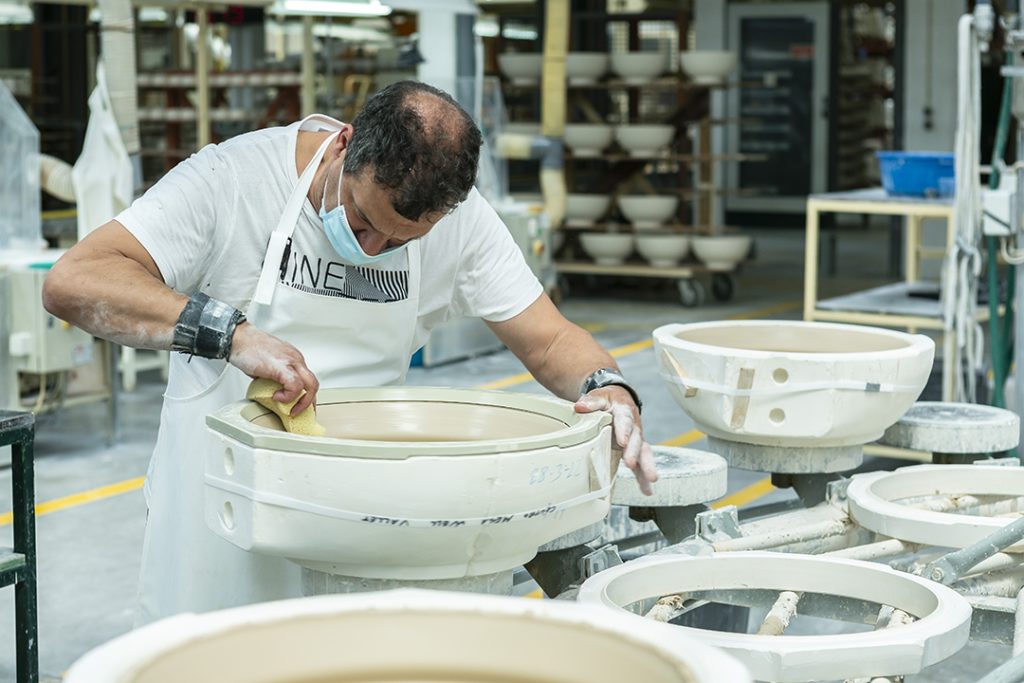
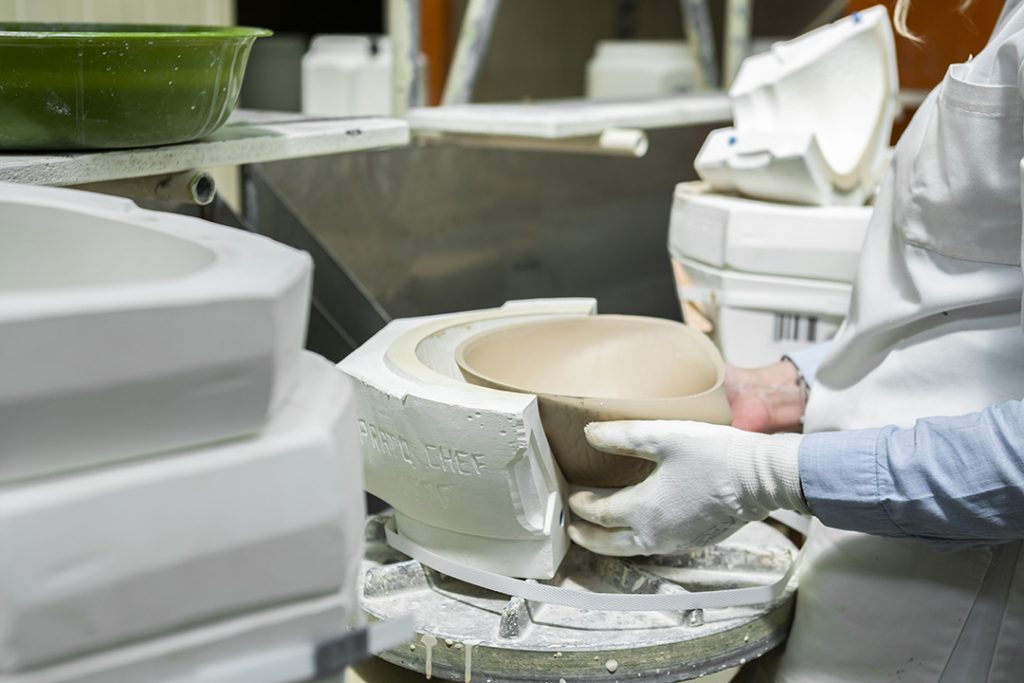 “He was influenced by the social philosophies of the 19th century and aimed to create a community that could replicate family relationships, where the shared interests between workers and owners could increase production and benefit working and life conditions,” explains Filipa Quatorze, manager of the Vista Alegre Museum. At one point there was a school, brass band and factory choir. Most of the staff live off-site today, but Vista Alegre’s theatre, sports club and private fire department still serve locals, while tourists can visit the museum and outlet shops (including one for irreverent sister brand Bordallo Pinheiro).
“He was influenced by the social philosophies of the 19th century and aimed to create a community that could replicate family relationships, where the shared interests between workers and owners could increase production and benefit working and life conditions,” explains Filipa Quatorze, manager of the Vista Alegre Museum. At one point there was a school, brass band and factory choir. Most of the staff live off-site today, but Vista Alegre’s theatre, sports club and private fire department still serve locals, while tourists can visit the museum and outlet shops (including one for irreverent sister brand Bordallo Pinheiro).
IN THE CRAFT
Pinto Basto’s utopian socialist vision was, at the time, ground- breaking. So too was his foray into porcelain production. In the early 1800s, Portugal had no known source of kaolin (a white clay essential to the manufacture of porcelain), nor a workforce that would know what to do with it. Vista Alegre focused on making soapstone pottery and crystal glass until the discovery of a vast kaolin deposit in the 1850s allowed a pivot to fine porcelain. Knowledge gleaned from trips to France informed the techniques used to achieve the superior milky, translucent quality so admired by collectors around the world.

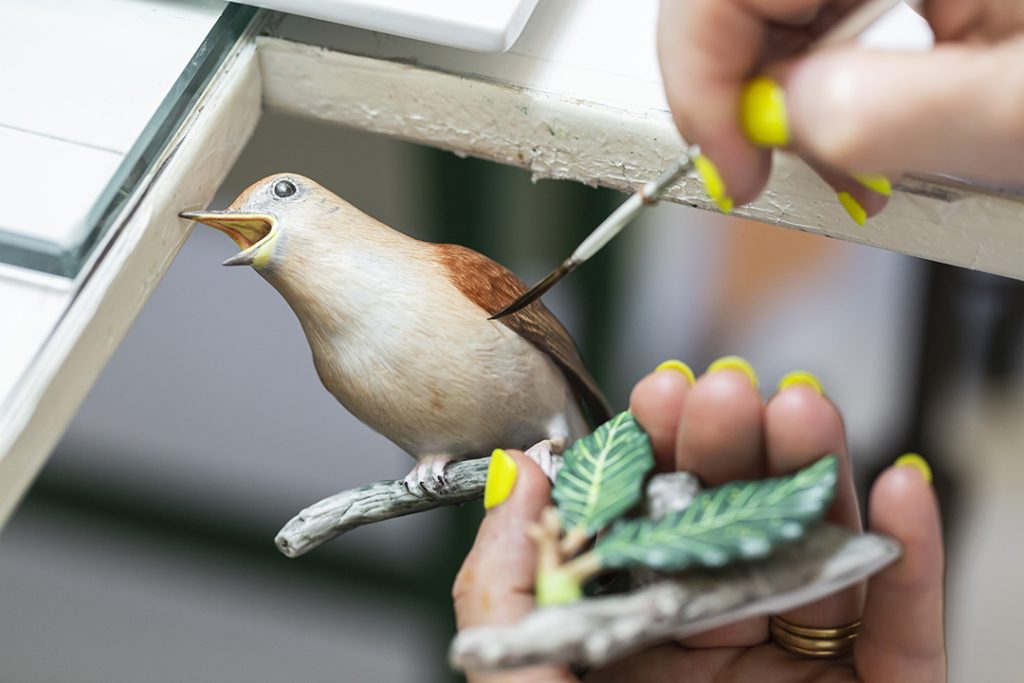 Like its output, which spans from tableware and teapots to decorative sculptures and vases, Vista Alegre’s factory is vast and multi-faceted. Simple objects, such as plates, are formed with a moulding process that utilises a mechanical wheel; more elaborate designs are created using slip casting. “The complex shape of some items requires the use of several moulds,” explains Quatorze. “A bird sculpture, for example, will require different moulds for the branch, leaves, head and body, which are later bonded together. It’s an extremely delicate construction work that requires a high degree of skill.”
Like its output, which spans from tableware and teapots to decorative sculptures and vases, Vista Alegre’s factory is vast and multi-faceted. Simple objects, such as plates, are formed with a moulding process that utilises a mechanical wheel; more elaborate designs are created using slip casting. “The complex shape of some items requires the use of several moulds,” explains Quatorze. “A bird sculpture, for example, will require different moulds for the branch, leaves, head and body, which are later bonded together. It’s an extremely delicate construction work that requires a high degree of skill.”
FINER DETAILS
The pieces are fired, glazed, then placed back in the kiln a second time at a higher temperature to become a true hard- paste, glossy porcelain. Every piece of white china is scrutinised and hand-selected before being decorated, if required, by image transfer or hand-painting. A special object such as the sculpture described by Quatorze will go to the factory’s dedicated painting area – an airy, peaceful room far from the noise and bustle of the factory floor – where a skilled artisan will bring it to life with ceramic pigments. “The decoration of a small bird can take up to three days, consisting of eight hours of work and 20 hours of firing in the decoration (or muffle) kilns,” adds Quatorze.
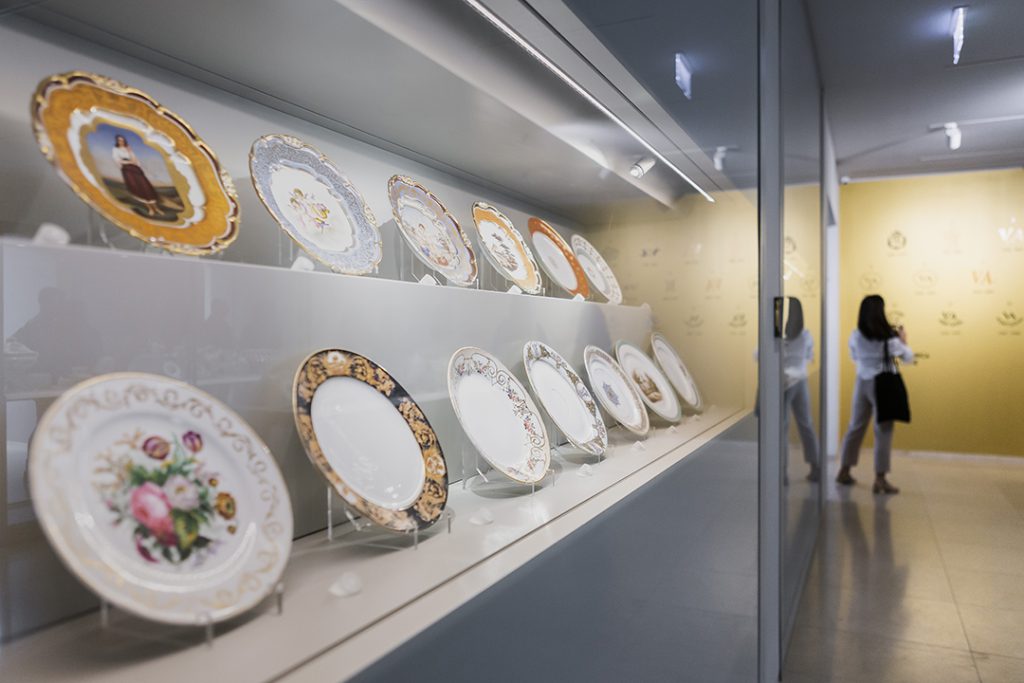
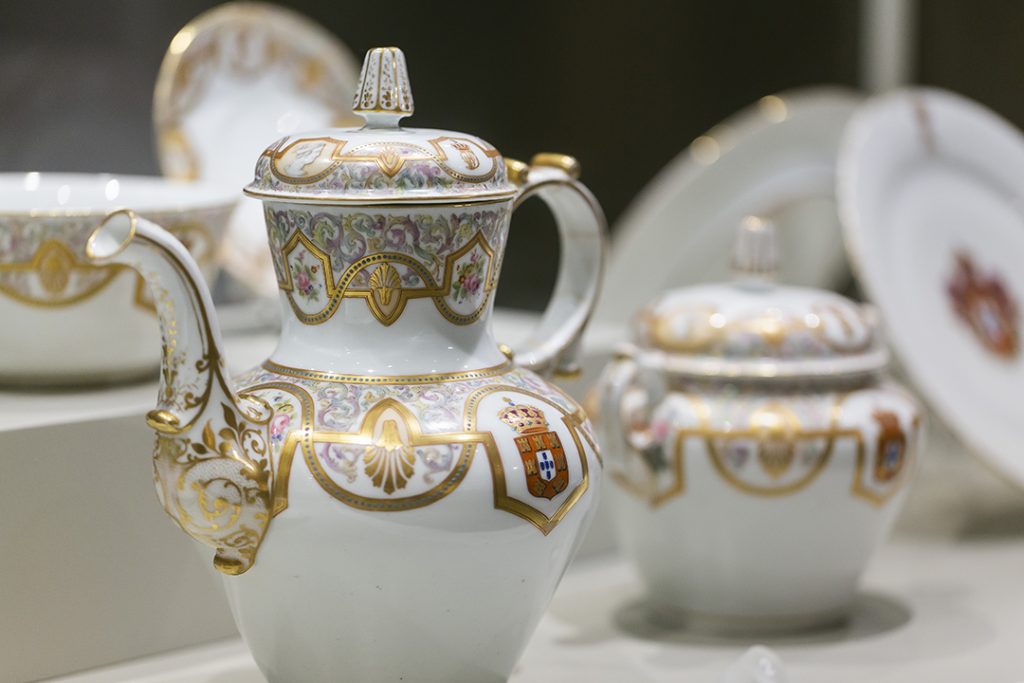 I try to calculate how many hours have collectively been poured into Vista Alegre’s prolific body of work over the centuries as I wander through its museum, which has more than 30,000 items archived (not all, of course, on display). Maths has never been my strongest suit so I settle on ‘millions’: hours spent not only on creating beautiful and practical objects, but on capturing moments in time. Commemorative plates gifted to royal dignitaries; dinner sets passed between generations; journeys through Art Nouveau and Art Deco to Modernism; limited-edition collaborations with creatives such as the architect Álvaro Siza Vieira, the artist Joana Vasconcelos, the design house Christian Lacroix Maison.
I try to calculate how many hours have collectively been poured into Vista Alegre’s prolific body of work over the centuries as I wander through its museum, which has more than 30,000 items archived (not all, of course, on display). Maths has never been my strongest suit so I settle on ‘millions’: hours spent not only on creating beautiful and practical objects, but on capturing moments in time. Commemorative plates gifted to royal dignitaries; dinner sets passed between generations; journeys through Art Nouveau and Art Deco to Modernism; limited-edition collaborations with creatives such as the architect Álvaro Siza Vieira, the artist Joana Vasconcelos, the design house Christian Lacroix Maison.
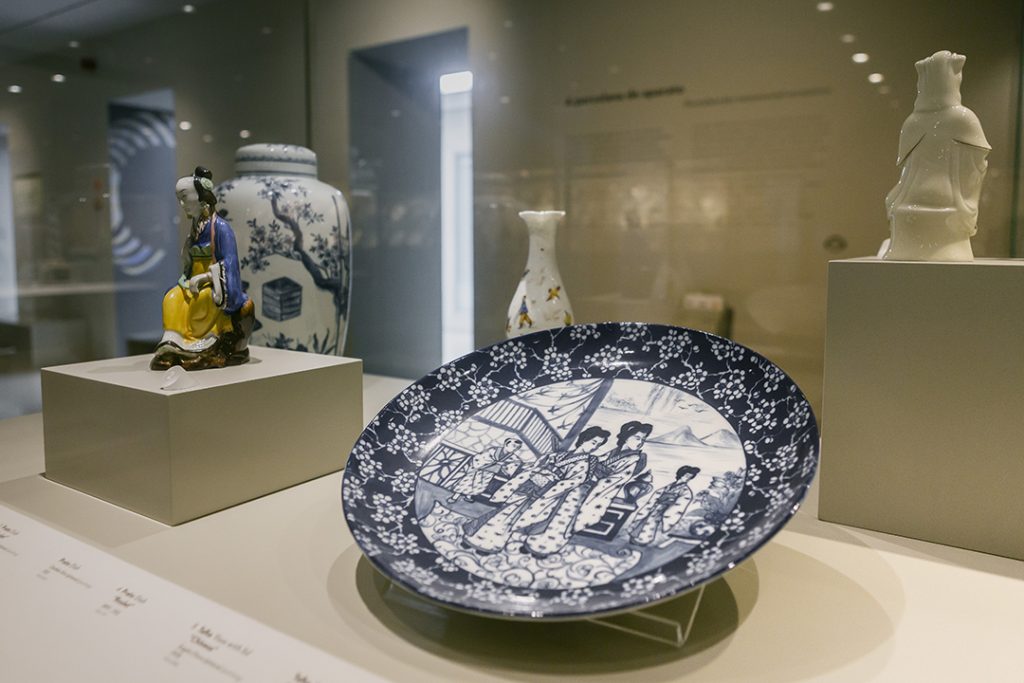 “The identity of the brand is about the ability to amaze, to create objects that endow our everyday lives with richness and simultaneously act as repositories of our memories, as individuals, family and society,” says Quatorze. Fitting, really, for a company born from a desire to make a little slice of the world a better place.
“The identity of the brand is about the ability to amaze, to create objects that endow our everyday lives with richness and simultaneously act as repositories of our memories, as individuals, family and society,” says Quatorze. Fitting, really, for a company born from a desire to make a little slice of the world a better place.
Visit the Vista Alegre website | Follow Vista Alegre on Instagram


